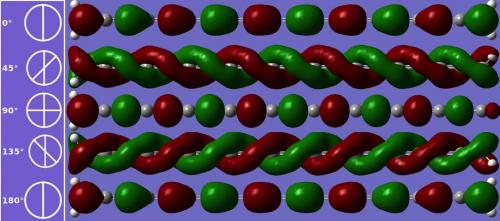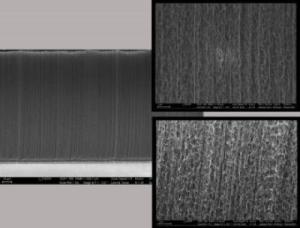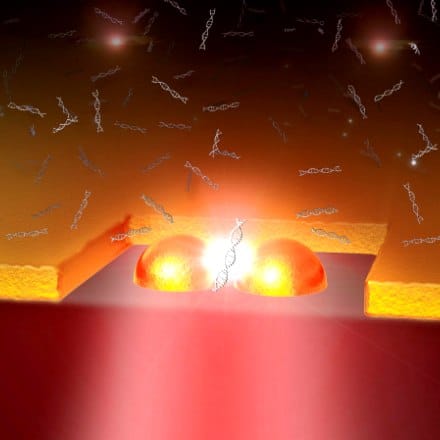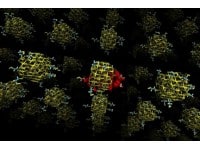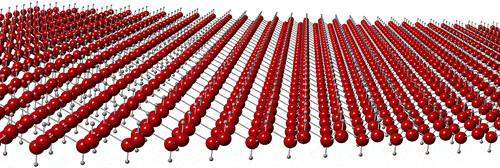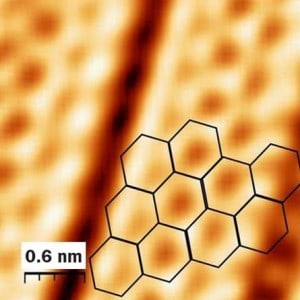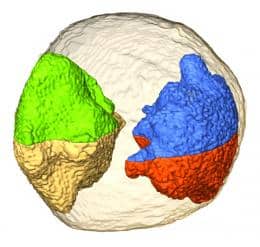Carbyne – a straight line of carbon atoms linked by double bonds or by alternating single and triple bonds — is the next stiff, carbon-based structure with unusual and desirable properties. It has been observed under limited natural and experimental conditions, is expected to be difficult to synthesize and store, and now has been theoretically… Continue reading Carbyne: the strongest, stiffest carbon chain
Carbyne: the strongest, stiffest carbon chain
